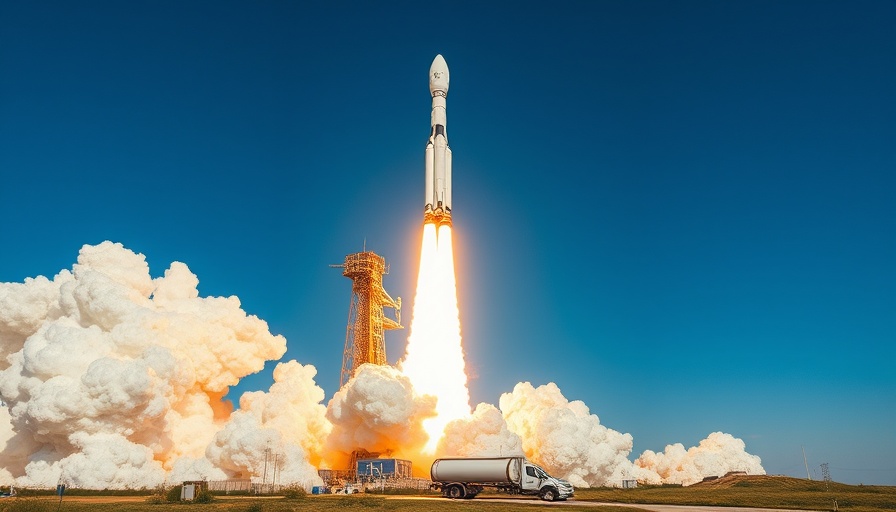
What Lies Ahead for SpaceX's Mars Mission?
As SpaceX eagerly prepares its colossal Starship spacecraft for human exploration of Mars, the timeline for landing the first astronauts has been subject to scrutiny by experts. Dr. Robert Zubrin, a significant voice in the field, argues that while founder Elon Musk’s ambitious goal for 2028 might not be feasible, humans could land on the Red Planet as early as 2031. Such projections come at a time when SpaceX is making rapid advances in its technology, yet substantial engineering challenges remain.
Facing Obstacles in Space Exploration
The primary test lies not only in mastering the engineering hurdles but also in maneuvering through an intricate web of regulatory procedures. Industry analysts highlight that timing is critical; Mars missions must be planned around specific windows that occur every 26 months for optimal launch efficiency. Any delays will elongate the wait for human arrivals on Mars, potentially pushing missions further into the future. Experts like Philip Metzger have suggested that logistical issues may pose a greater threat to Musk's timeline than the technical challenges associated with rocket design and launch.
The Promise of Starship: A Gateway to Other Worlds
The Starship rocket, designed for full reusability, stands at the forefront of Musk’s vision to transform humanity into a multi-planetary species. Beyond its massive payload capacity, Starship will also be equipped for in-orbit refueling—a crucial capability for the lengthy journey to Mars. This reusability is not only economical but also essential for sustaining a regular flow of missions necessary for establishing a colony. As historical context suggests, past missions have learned from failures, leading engineers towards creating a safer, more reliable spacecraft.
Perspectives on Elon Musk's Timelines
While Musk has consistently set ambitious timelines that often seem optimistic, they also serve an important role in pushing the entire aerospace industry forward. As noted in various analyses, this method serves to spark innovation, attract investments, and captivate public imagination. The optimism inherent in these timelines encourages stakeholders—both governmental and private—to commit resources to a cause that might otherwise lack urgency.
The Future of Space Exploration and Human Presence on Mars
Looking ahead, the implications of successful human missions to Mars are immense. If SpaceX can overcome its numerous challenges, humanity could witness a new era of exploration and expansion beyond Earth. Musk’s vision entails not only exploration but potentially the establishment of a self-sustaining colony that could pave the way for future generations. Ultimately, the endeavor to reach Mars invites both questions and excitement about our future as a multi-planetary civilization.
As we contemplate the possibilities of human life beyond Earth, the common question remains: Are we ready for this leap? Understanding the challenges, risks, and technological breakthroughs necessary for such a monumental achievement can inspire more informed discussions about the viability of interplanetary colonization.
 Add Row
Add Row  Add
Add 




Write A Comment